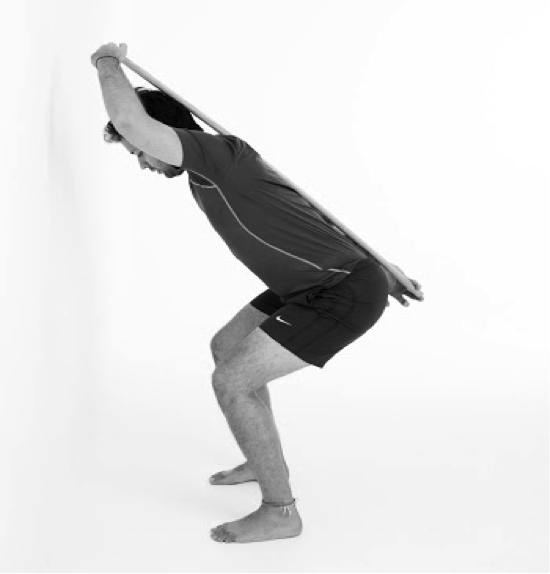5 steps for safe lifting to avoid back injury
Wed,Mar 18, 2015 at 08:20PM by Douglas Wilson
 Can you lift safely and avoid back pain?
Can you lift safely and avoid back pain?
Back pain following lifting a heavy object is a common presentation to a physiotherapist. But is there a safe way to lift without back pain?
Our bodies are designed to move … and lift. The problem of lower back pain arises however when we lift in a position that does not support optimal movement or muscle function. This can be via a one-time lift of a large weight, or repetitive smaller weighted lifts.
Due to increasing sedentary lifestyle our risk of injury from lifting is further increased. As the appropriate muscles that support our spine become weak and underused, muscles at the front of our hips become tight and the powerhouse of lifting – the gluteal muscles – become weak.
So what can we do to reduce the likelihood of a back injury with lifting?
Appropriate training! Lifting is like any other movement pattern or sport, we get better at it when we train for it. Your physiotherapist or exercise physiologist can assess your current technique and provide you exercises to strengthen the muscles required, as well as to form safe and effective movement patterns. The best way to address an injury is to prevent one in the first place!
5 steps for safe lifting to avoid back injury
When lifting an object:-
1. Plan your movement – how heavy is the object, is it a more than one person job, is the way clear for me to move it where required?
2. Bend down with your knees and hips, keeping your back straight to pick up – get down low and close to the object, particularly if it is heavy, and avoid bending down from your back to pick it up.
3. Once you have a nice tight grip, push through the floor and use your legs to stand – avoid swinging backwards to lift the object, breathing out whilst lifting to prevent holding your breath and placing undue strain through your spine.
4. Turn from your feet – using small steps rather than twisting your back whilst holding a load.
5. Bend your knees and hips – keeping your back straight to set the object where desired.
In order to keep the back nice and stable whilst lifting a heavy load, deeper core muscles are required to prevent muscle strains, ligament strains and disc injury. These can be trained by your physiotherapist, exercise physiologist or guided pilates instructor.
If you have injured your back and are suffering from back pain then it may be advisable to see your physiotherapist. Physiotherapy treatment for back pain can not only help to alleviate the symptoms but can also diagnose and treat the cause of your pain.
For more information on useful tips how to lift specific shapes and types of objects, please review the link to the safe lifting and carrying by the Industrial Accident Prevention Agency.
Nadia Labort practises physiotherapy with Body Organics in Brisbane. She completed her Bachelor of Science (Exercise Science) at the University of Wollongong, which provided a solid foundation for her subsequent Masters of Physiotherapy at the University of Sydney.
 0
0 